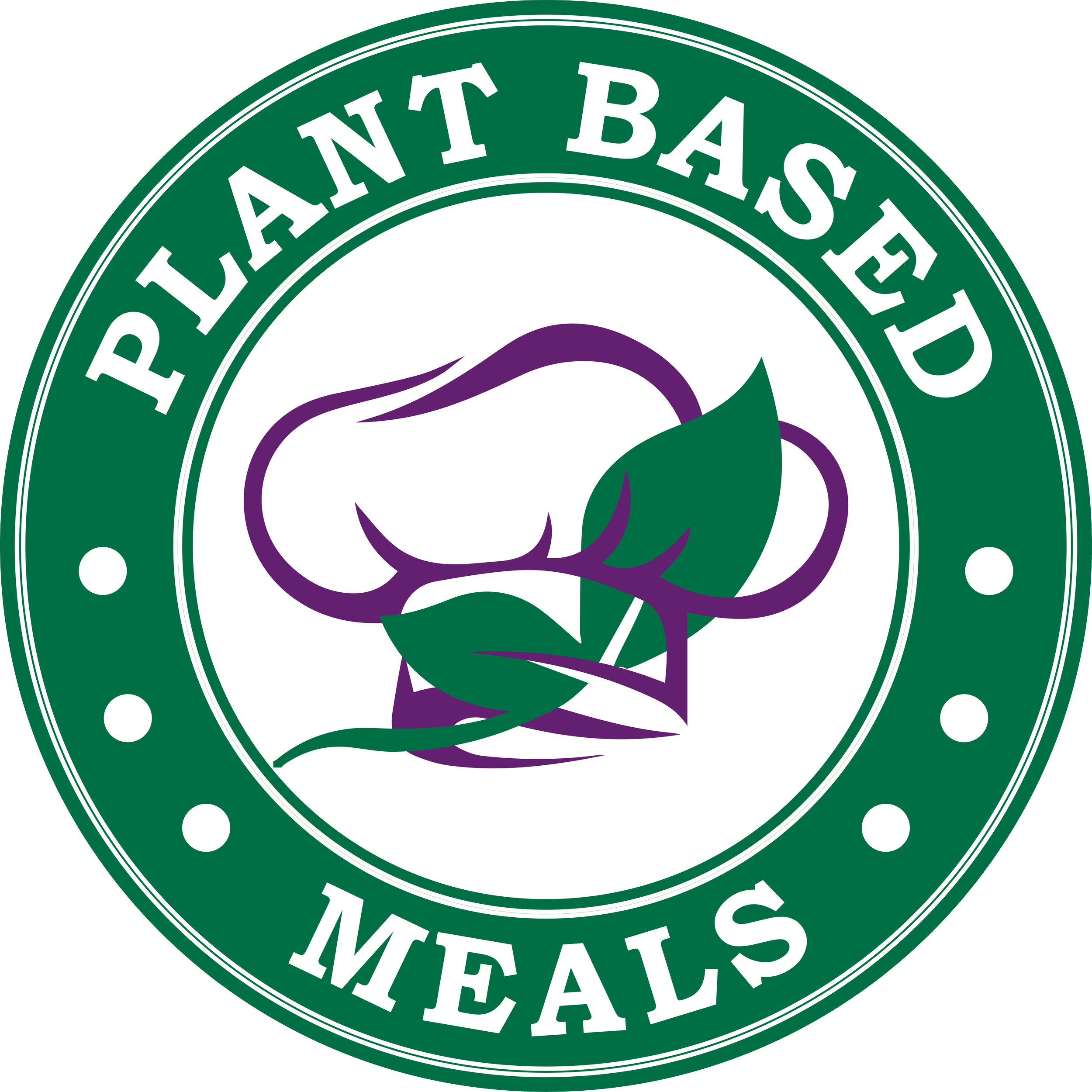Eat Pink: Breast Cancer Protection in October and Beyond
October is notable for pumpkins, Halloween, and falling leaves. Since 1985, October has also been recognized as Breast Cancer Awareness Month. This campaign for screening and research to prevent and treat breast cancer is now observed around the world.
But why limit ourselves to October? We can make choices to turn every day into a breast cancer awareness and prevention opportunity. The average woman in the United States has a 13% risk of developing breast cancer during her lifetime. Except for skin cancer, breast cancer is the most common cancer diagnosed in American women. The American Cancer Society estimates over 42,000 women in the US will die from breast cancer in 2024.
While these numbers are alarming, there are choices that may offer protection from this disease. You probably already know some of the risk factors for breast cancer, including age, genetics, family history, and pregnancy history. Some of these factors may be difficult, if not impossible, to change.
There is one lesser-known breast cancer risk factor you can transform for the better to help protect yourself every day. In fact, multiple times a day. This is your diet, which foods you choose to eat from morning until night.
Multiple studies support the role of whole plant foods – whole grains, beans, fruits, and vegetables – in lowering the risk for breast cancer. Research indicates other food choices may increase your risk.
Fiber in whole plant foods may reduce your level of estrogen, which promotes some types of breast cancer. The fiber binds to estrogen in your colon, and moves this hormone out of your body in feces. Only plant foods contain fiber, and whole plant foods are especially rich in this vital food component. Processed food often have much of plants’ original fiber removed when it is manufactured. Animal foods contain no fiber.
You may be surprised to learn that minimally-processed soy foods, such as tofu, tempeh, miso, and soy milk, are especially protective against breast cancer in many studies. This is because the plant estrogens in soy (which are designed by nature to function in plants) may lessen the effect of potent human estrogens. Artificially high doses of plant estrogens in supplements may have the opposite effect. As for other nutrients, these protective factors are best consumed in whole foods, not pills.
Other studies suggest certain other specific foods lower the risk of cancer or cancer recurrence after treatment. For example, the power of cruciferous veggies, such as broccoli, cauliflower, and kale, to fight cancer has received much attention. Yet the ability of any single “superfood” to significantly reduce the risk for breast cancer is often difficult to demonstrate. It makes the most sense to focus on your overall pattern of eating, by selecting a diet based on a wide variety of fiber-rich whole plant foods.
On the higher risk side of the equation, multiple studies have found that eating red and processed meat increases the chance of developing breast cancer. For example, a study of almost 200,000 women concluded those who ate the most red meat had a 25% increased risk of developing breast cancer.
Breast Cancer Awareness Month is valuable in drawing attention to this disease, which hasdevastated so many women and their families. You have the ability to move beyond awareness to action. What steps will you take to reduce your risk of breast cancer?
If you’re in San Diego, implementing protective food choices can be simple. Plant Based Meals is a meal prep company offering delicious whole-food, plant-based choices. Your food is delivered fresh, never frozen, for outstanding taste and maximum nutrition. Their tempting selection of meals changes weekly. Eating whole food, plant-based has never been more convenient.
—————————————————————————————————-
Post written by Janice Stanger, Ph.D. Janice authored The Perfect Formula Diet: How to Lose Weight and Get Healthy Now With Six Kinds of Whole Foods. She is a nutrition educator, author, and speaker.
This is an educational article and does not provide medical advice. Results cannot be guaranteed, and may vary from person to person.
